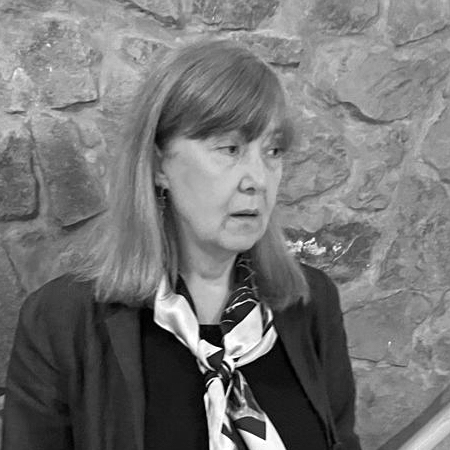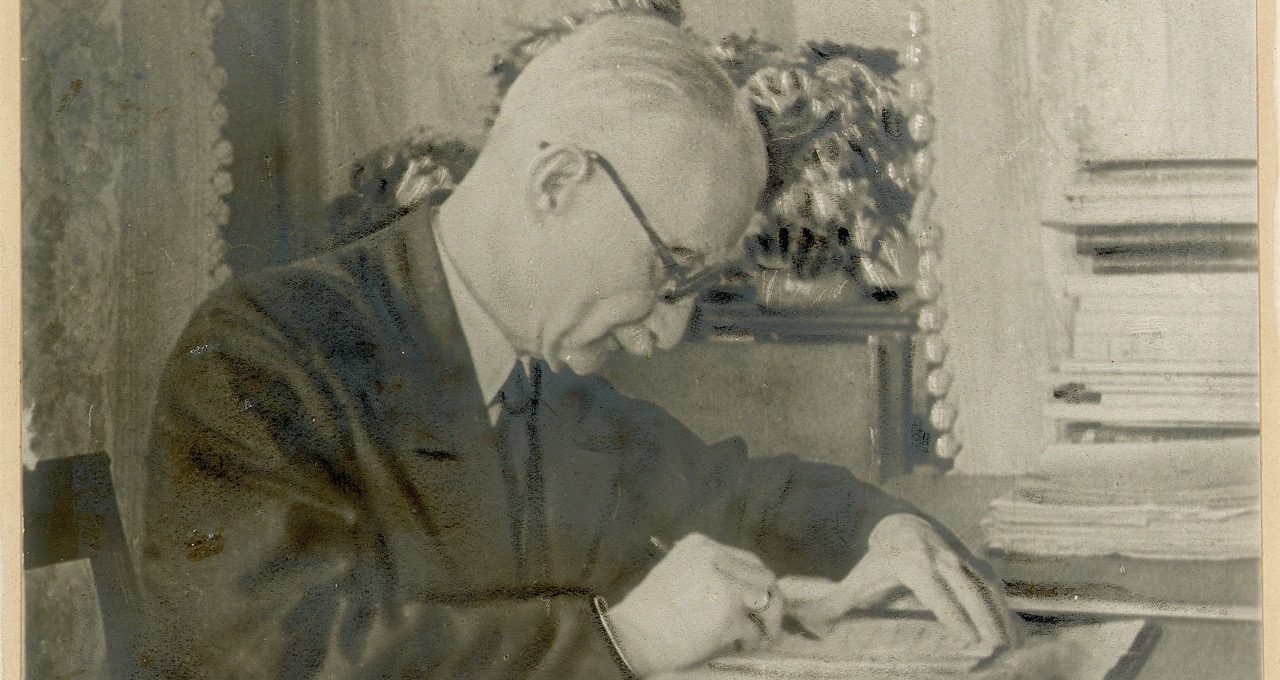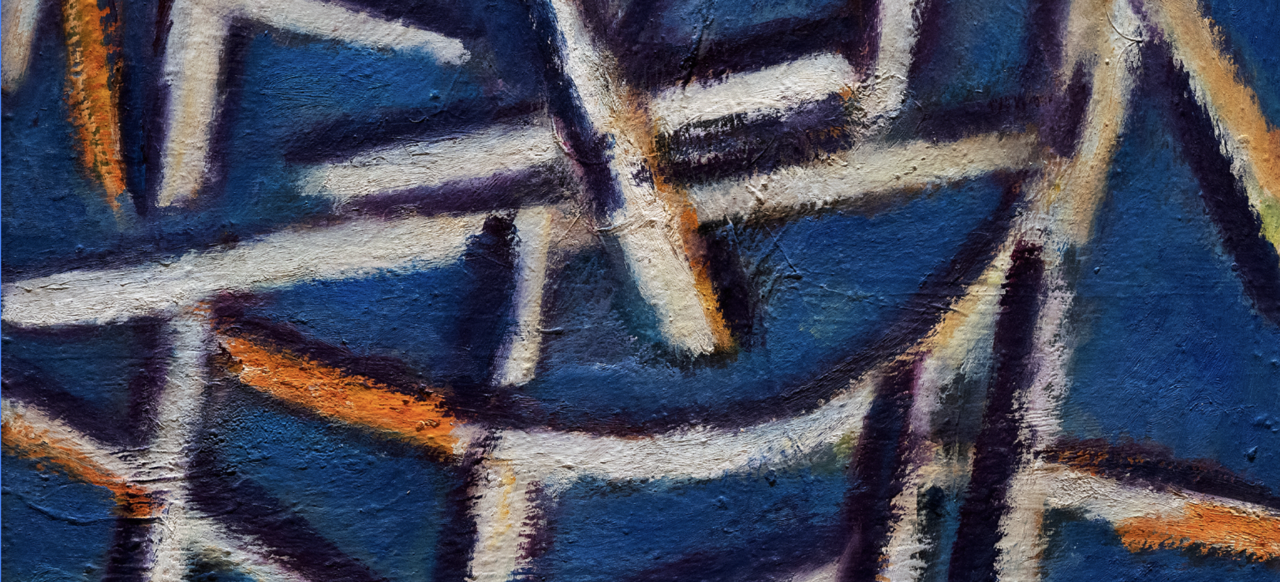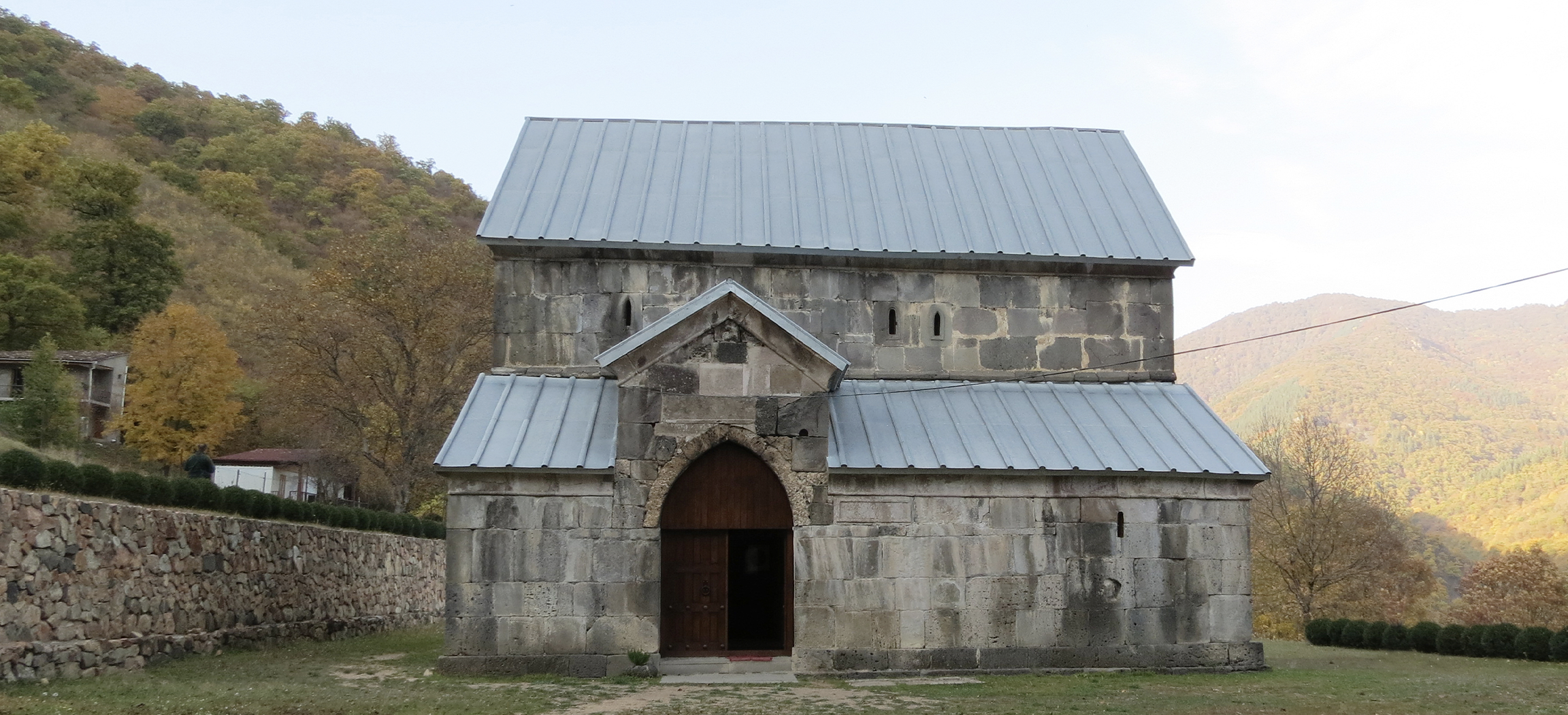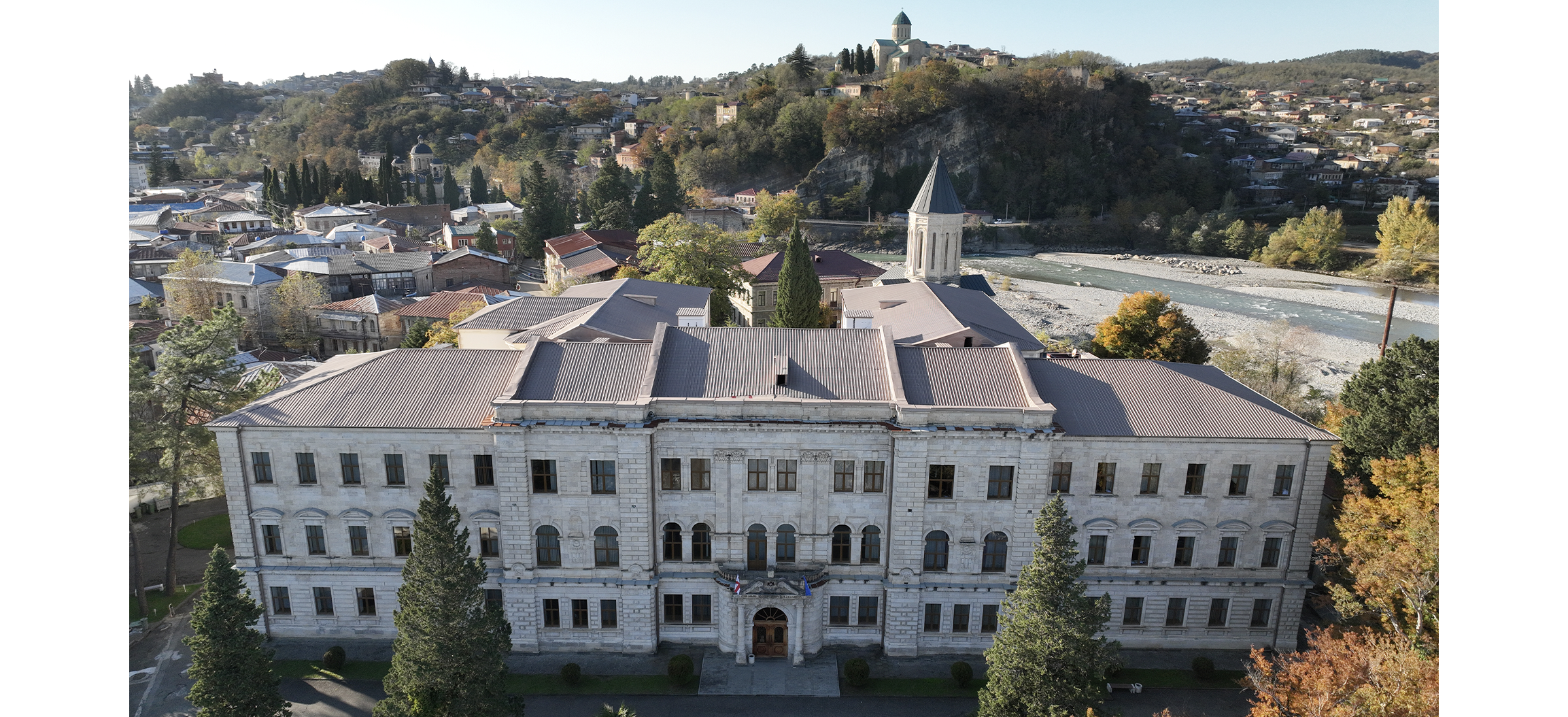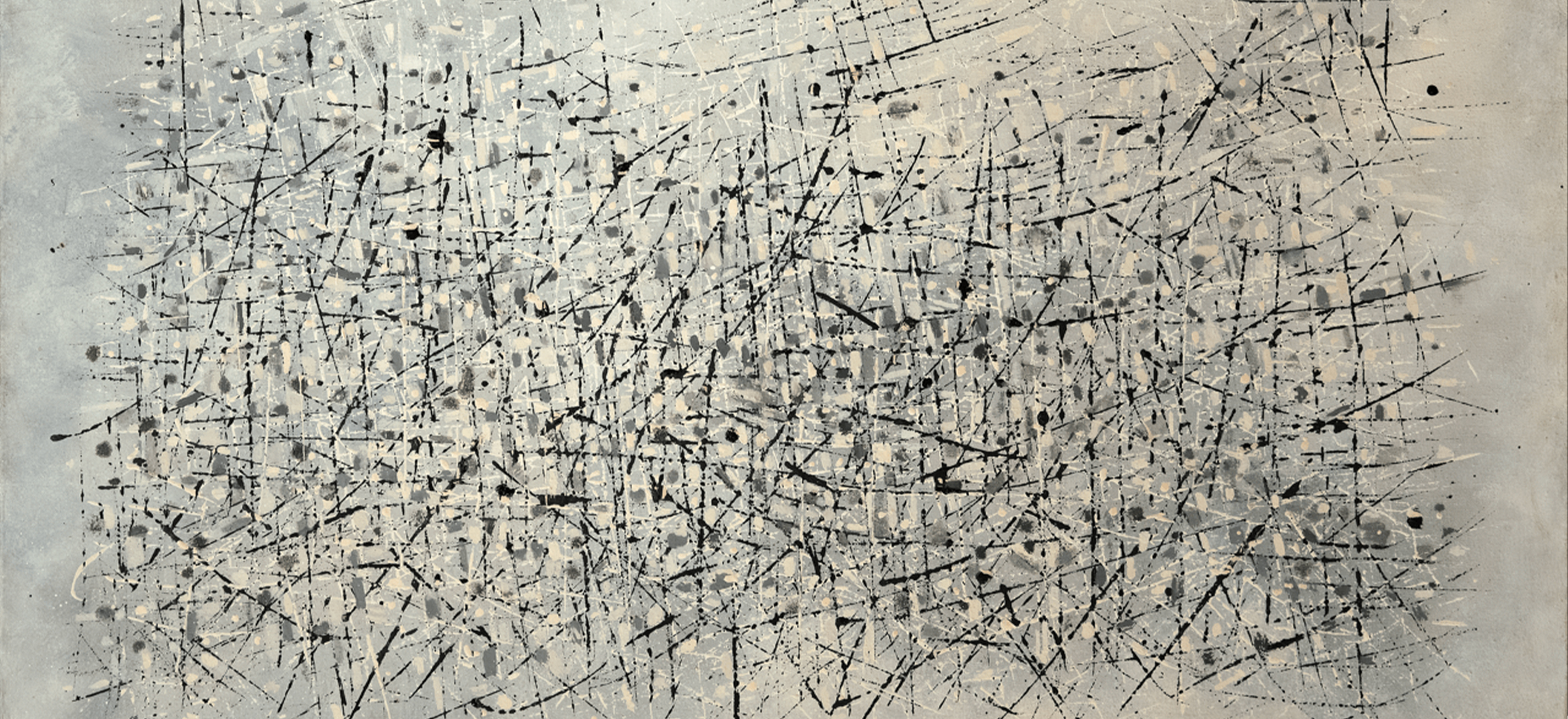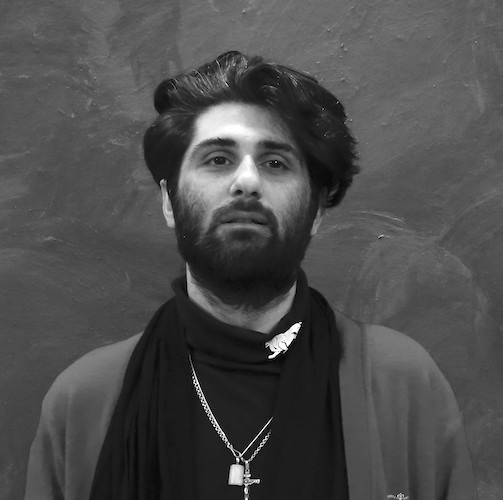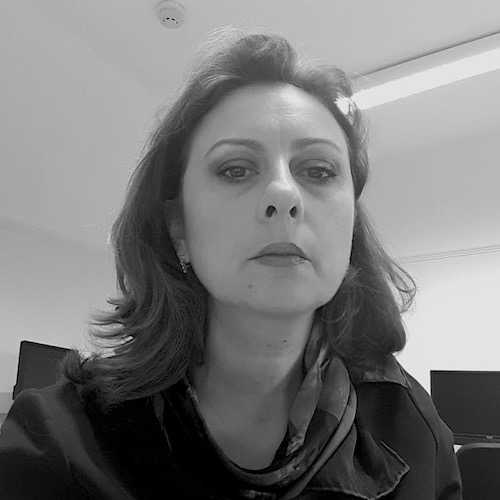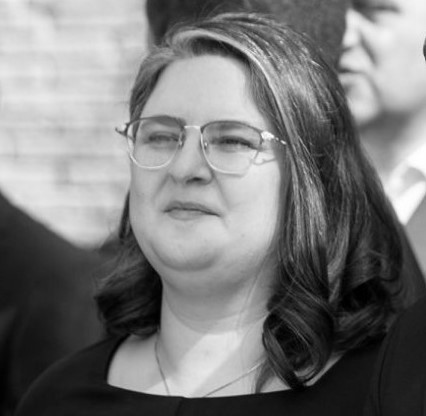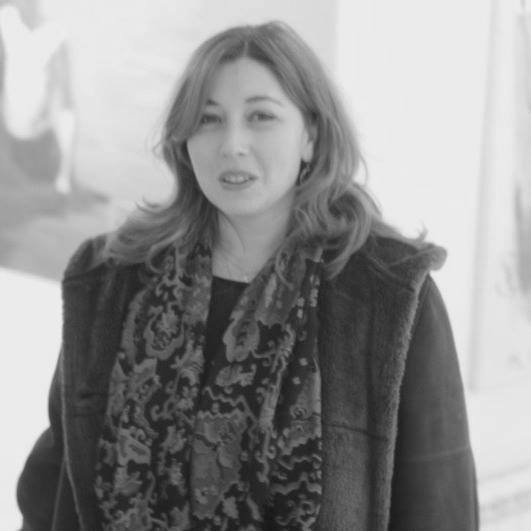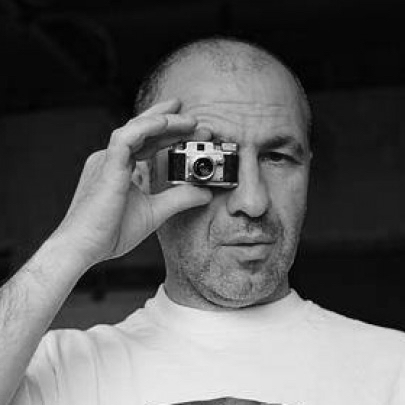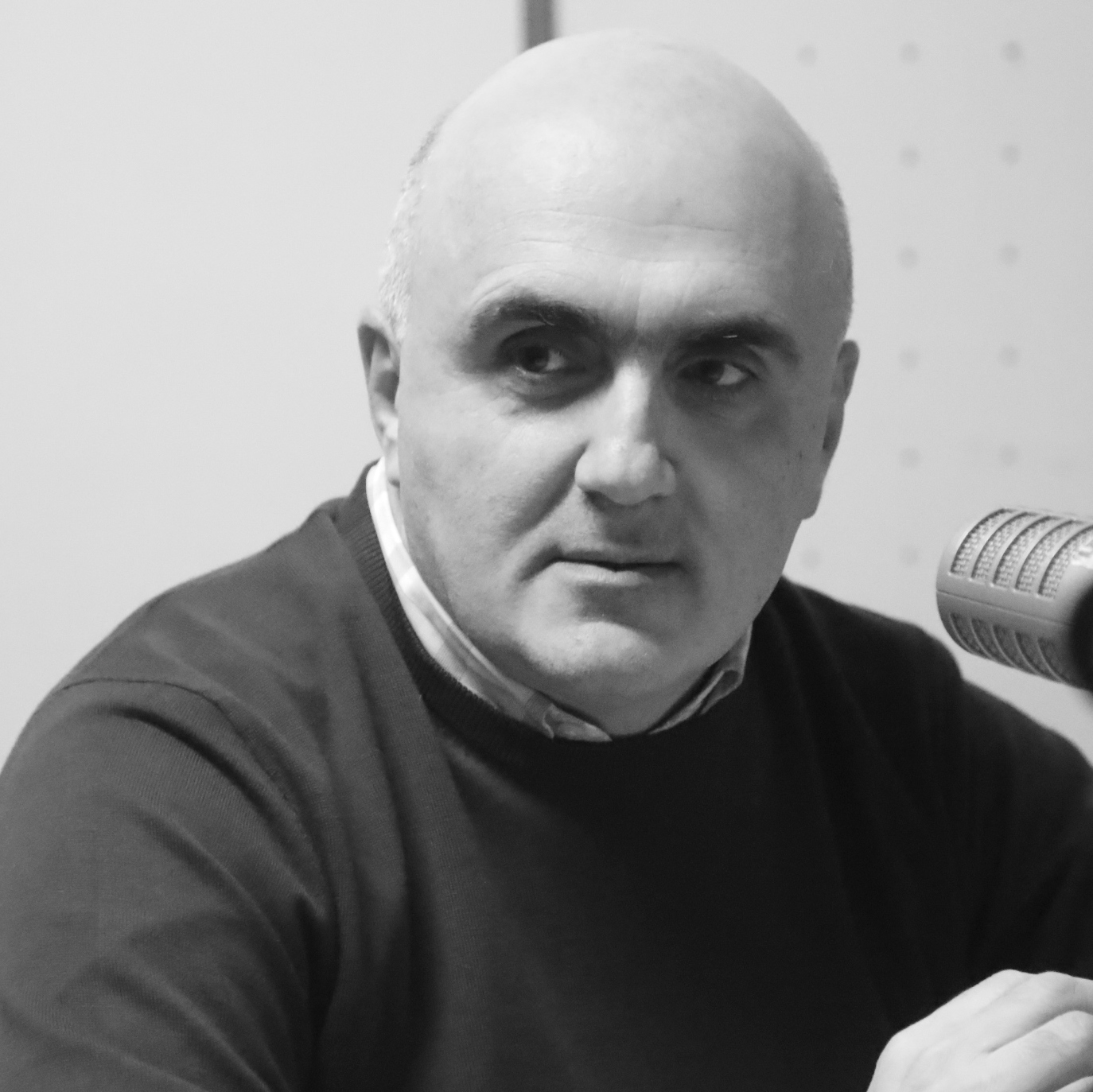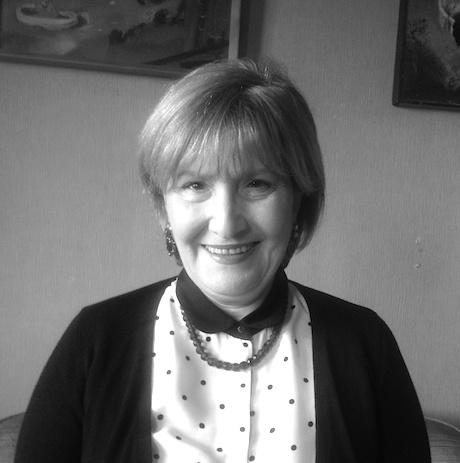Dr. Ketevan Mikeladze (ქეთევან მიქელაძე) graduated from the Tbilisi State Academy of Fine Arts, Department of the History and Theory of Art. 1985-2006 she worked as a researcher at the the G. Chubinashvili Institute for Georgian Art History. Snice 2006 she works
at George Chubinashvili National Research Center for Georgian Art History and Heritage Preservation in the position of chief researcher.
Dr. Mikeladze is a scholar with rich experience in academic research of Medieval Georgian art, especially regarding the wall paintings. She is a leading expert in the field of preservation of medieval wall painting as well.
She is an author of several publications:
-
Greek Painters from 14th to 17th centuries in Georgia. Inscriptions as Tesimony, Byzantinoslavica, ISSN 0007-7712, Vol. 79, Nº. 1-2, 2021,
-
Significance of the Painters’ Inscriptions for the Study of the Medieval Georgian
-
Mural Painting (in Georgian, English resume), Georgian Antiquities, 20, 2017
-
The Jakeli Portraits ( in Georgian , abstracts in English), Georgian Antiquities,18, 2015

